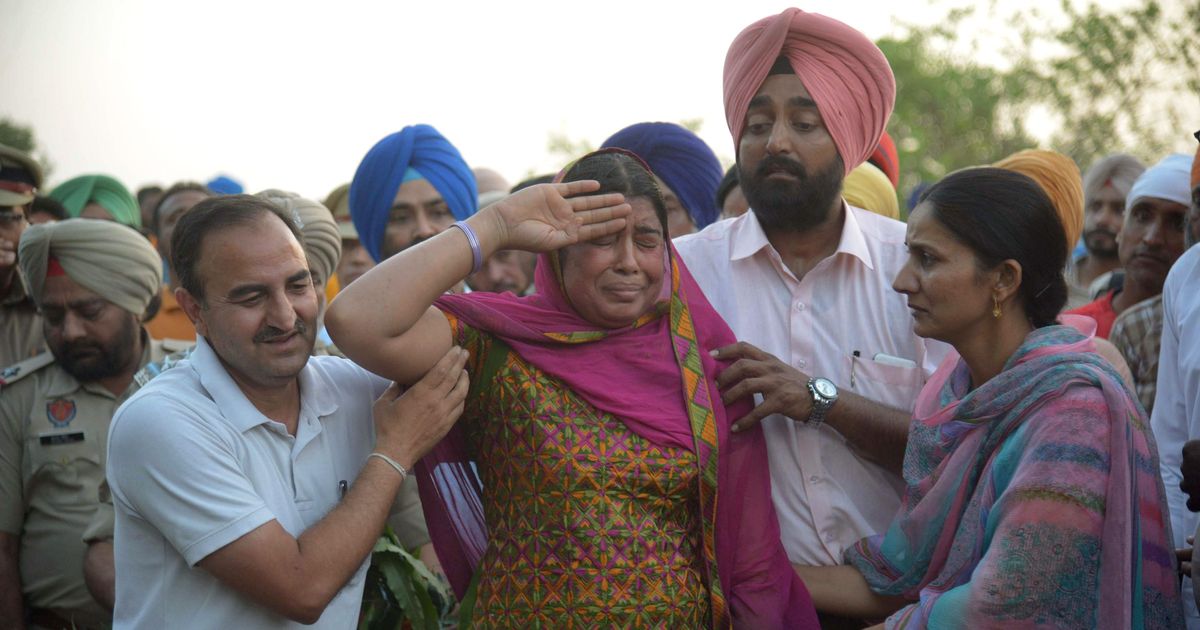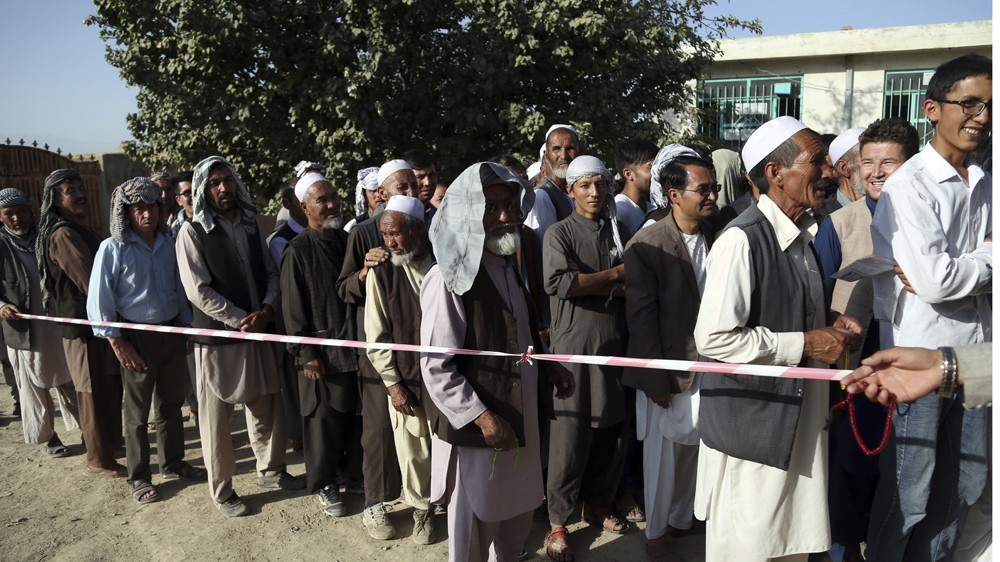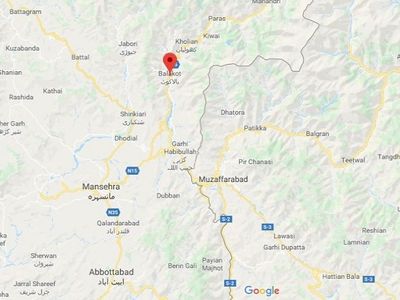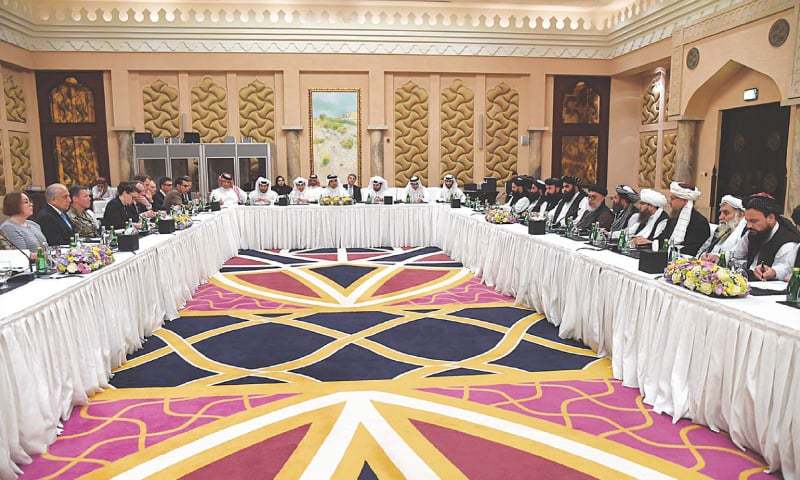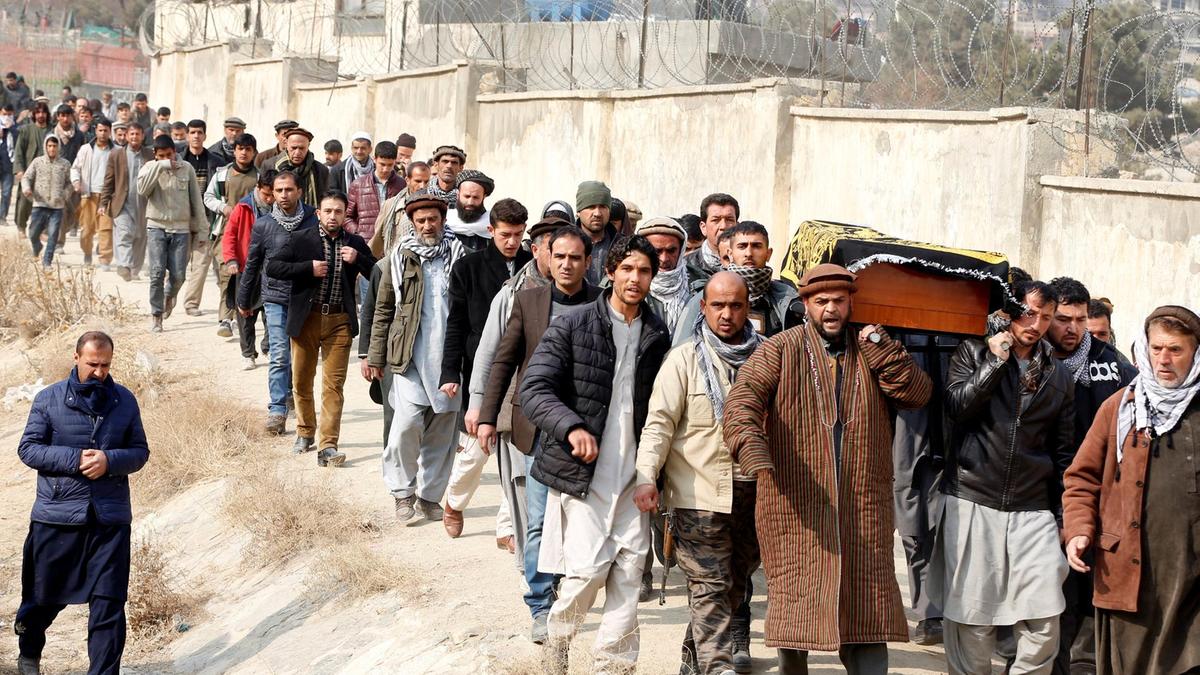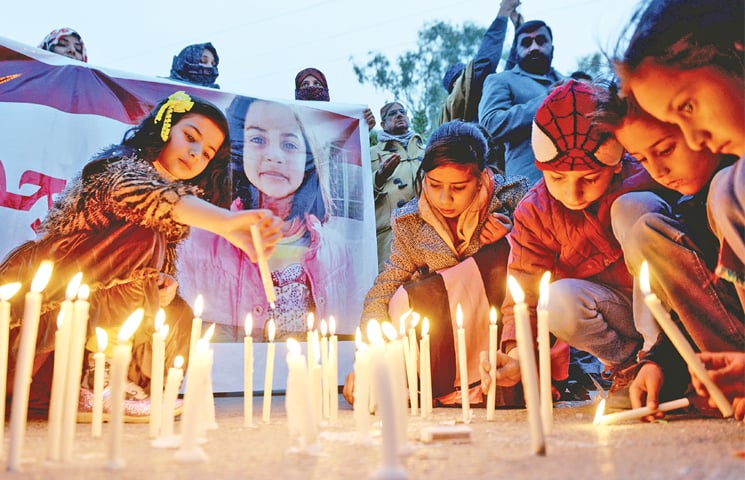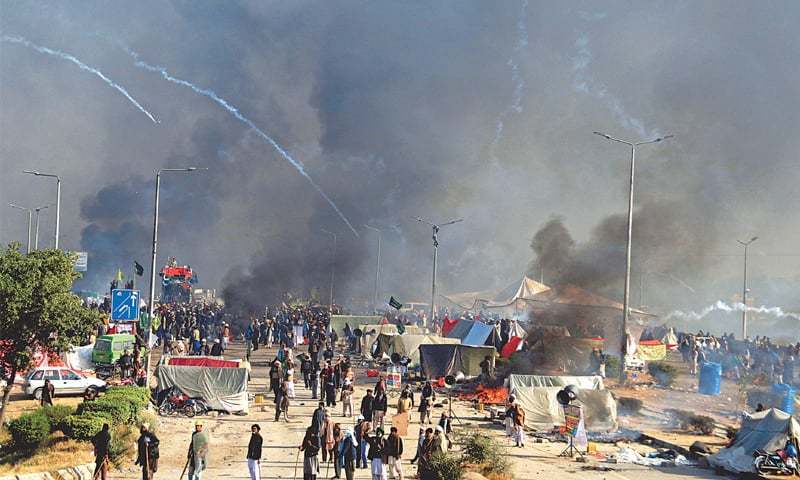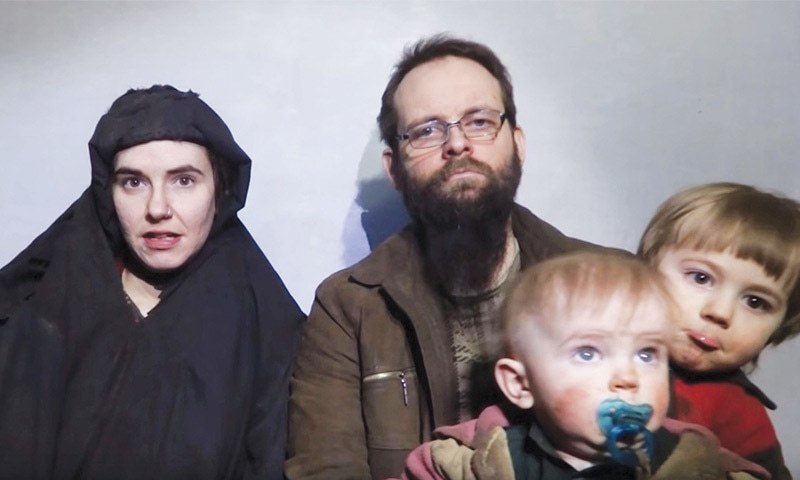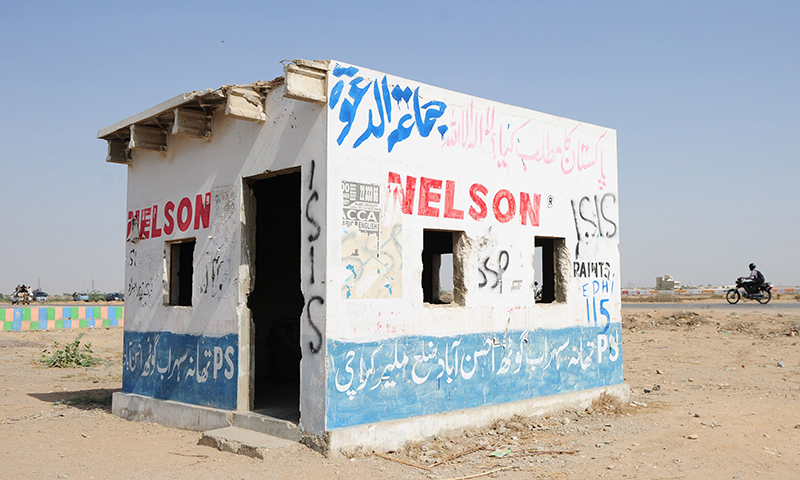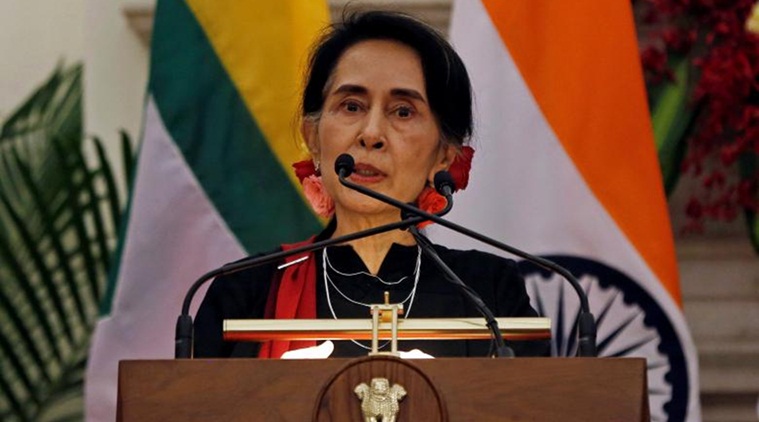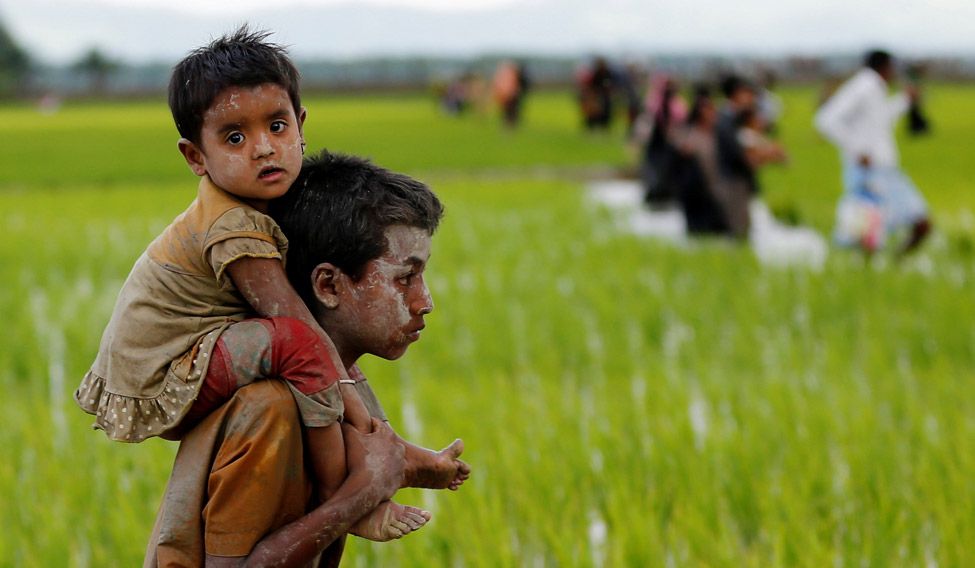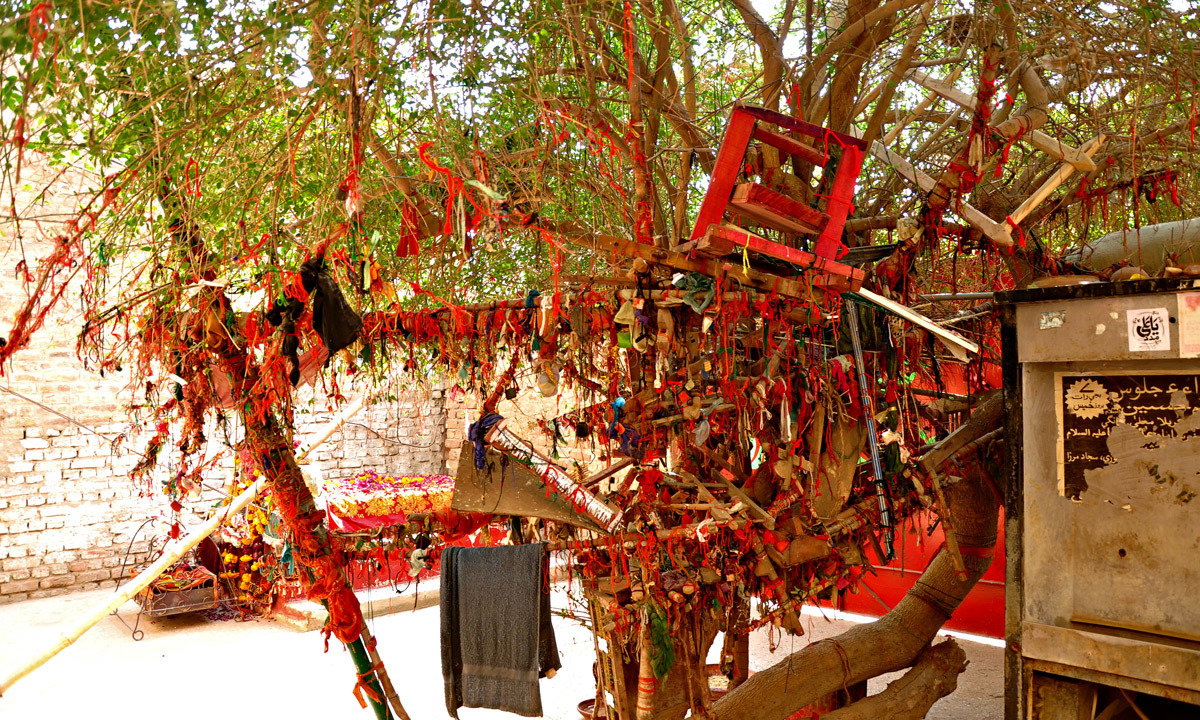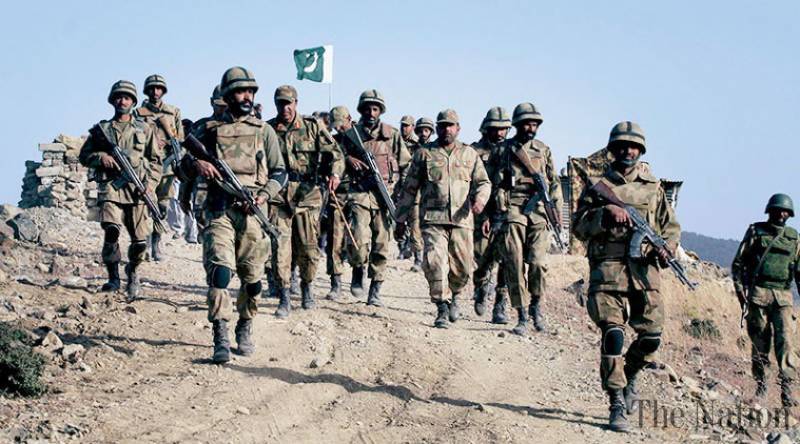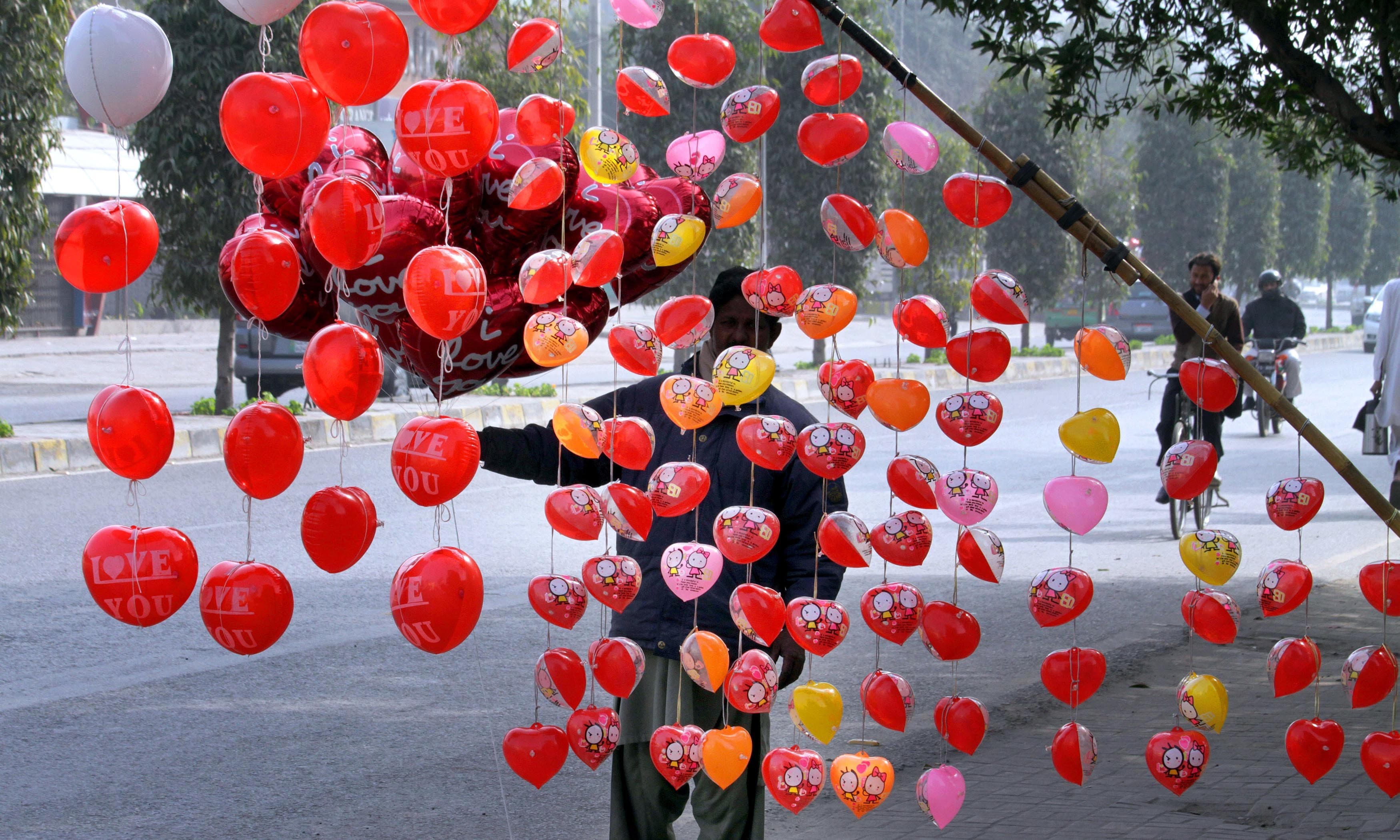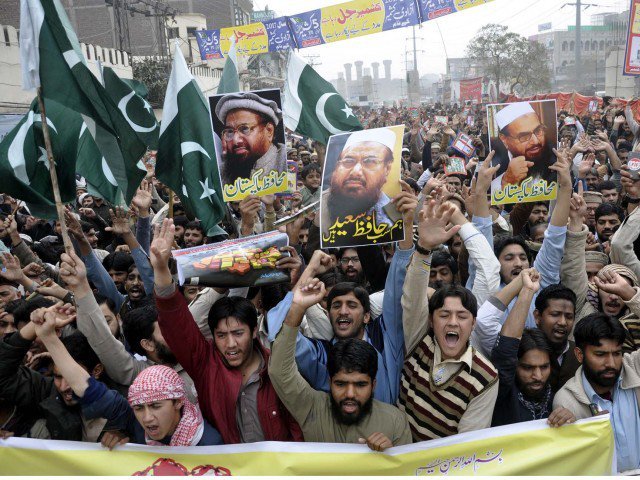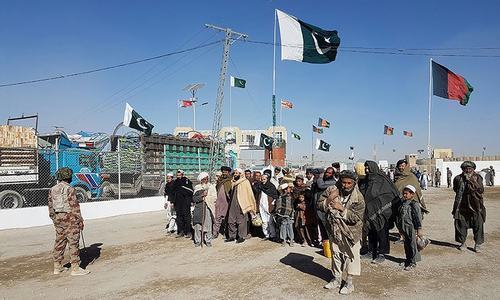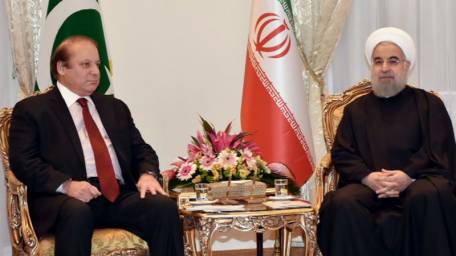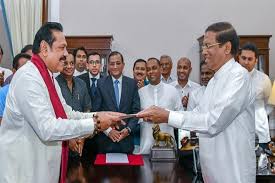
Conflict Reader # 56, 10 November 2018
CR Brief
D. Suba Chandran
Professor
International Strategic and Security Studies Programme (ISSSP)
National Institute of Advanced Studies (NIAS), Bangalore
On 26 October, the President Maithripala Sirisena removed Ranil Wickremesinghe and appointed Mahinda Rajapaksa as the new Prime Minister of Sri Lanka.
While a section questions the constitutional validity of Sirisena’s decision to sack an elected Prime Minister and appoint another person without consulting the Parliament, another section seems apprehensive of the political fallouts encompassing the crisis within matters of internal governance, national reconciliation and accountability efforts
The international community is worried than ever on five counts: ongoing accountability initiatives relating to human rights abuses during the last phase of “Eelam War” vis-à-vis the LTTE; rehabilitation and reconstruction process, especially in North and East of Sri Lanka; growing extreme nationalism led by Buddhist majority against the minority communities, particularly the Muslims; the future of political process, especially in the forthcoming elections; and the Chinese role in influencing domestic governance to achieve its own significant interests.
India also shares the above five concerns, perhaps with a different order of priority. An essential Indian interest would be the implications of recent initiatives to balance Colombo’s relations with Beijing and New Delhi. [sd1] Facing general elections in 2019, BJP’s ambitions to find a political space in Tamil Nadu, and the Dravidian party politics over Sri Lanka – both would feed into a possible Indian response to the emerging equation in Colombo.
I
Profiling the Political Crises:
Sri Lanka’s Bloody October
Multiple crises broke out in October, with Sirisena sacking Wickremesinghe and appointing Rajapaksa as the Prime Minister being the most significant and dangerous of all.
First, the sacking has led to a constitutional crisis in Sri Lanka. While in the last few decades, there have been multiple political crises alongside instability. But as a country, Sri Lanka has been following a constitutional path. Despite the violence, the change of government has been orderly and following an electoral process. By sacking Wickremesinghe’s government that enjoys the majority in the Parliament, Sirisena has set a dangerous precedent in Sri Lankan politics. One sincerely hopes, this is an aberration and does not get repeated in the future.
Second, the sacking also highlights the difference between the most critical institutions in Sri Lanka – the Presidency and the Prime Minister. Sirisena was elected as the President in 2015, primarily due to the support from the UNP led by Ranil. Had the UNP not agreed to Sirisena being the joint candidate, there is no way the latter could have defeated Rajapaksa that year. Sirisena is neither a popular leader nor does he belong to a party that has considerable seats in the Parliament. Sirisena was a part of Rajapaksa’s government and was not a big name when he was elected as the President.
Once he was elected as the President in 2015 with the support from Ranil’s UNP, it was expected that both would work together. Subsequently, in the Parliamentary elections later that year, Ranil was able to form the government and become the Prime Minister. Both Sirisena and Ranil came up with a programme and promised accountability, development and reconciliation. Though many are critical of the achievements of Sirisena-Wickremesinghe combine, at this crucial juncture, the divide between the two institutions is unfortunate.
Third, the divide also highlights the opportunist politics by Rajapaksa and Sirisena. According to reports, the decision to sack Wickremesinghe and appoint Rajapaksa as the Prime Minister was made in a meeting between Sirisena and the Rajapaksa brothers in early October. What followed then should be a political conspiracy to overthrow an elected government with a majority in the Parliament. One is not sure of the reasons of Sirisena in going back to Rajapaksa. Perhaps the electoral performance of Sri Lanka Podujana Peramuna (SLPP) in early 2018 during the local elections was a reality check for Sirisena; instead of strengthening the governance process and his own party, it appears that he has decided to get back to Rajapaksa. But, what is his endgame?
Sirisena could not get along with Wickremesinghe. And Rajapaksa could not wait until the next elections to assume power.
A section believes that following the local elections in early 2018, Rajapaksa is on his way to make a comeback. Ranil’s UNP fared poorly in the 2018 local elections, his party’s performance has been widely considered to be ineffective. His promises ranging from economic to political have not been successful, and there has been a public dissatisfaction.
Sirisena and Rajapaksa perhaps believe that the widespread displeasure on the UNP will support them, and have decided to strike through using unconstitutional means.
Fourth, the statement of Sirisena on the eve of Ranil’s India visit, accusing RAW of attempting to assassinate him, has created an unpleasantness between the two countries. Given the recent history between India and Sri Lanka, where there has been a rapprochement at multiple levels, Sirisena’s statement does a grave injustice to the institution he holds. Ranil had to do firefighting; so was India’s High Commissioner in Colombo.
In retrospect, Sirisena was possibly preparing his political charge sheet to sack Ranil when he made that RAW comment. Why would the RAW want to eliminate him? Probably, he used the imagined threat [sd2] and accused Ranil’s government of not investigating the case.
Finally, the lack of popular uprising and anger against the unconstitutional sacking is surprising. Maybe, the UNP led government was not popular in terms of fulfilling the expectations of the people. People did not come to the streets spontaneously; though a section came subsequently to the (sacked) PM’s residence to protest Sirisena’s action and support Wickremesinghe. There is no popular outrage. Not yet. And that makes the current crisis dangerous.
What Next?
Forecasting the Implications
Post War Reconstruction
The unconstitutional sacking of Wickremesinghe and the appointment of Rajapaksa highlights the end of an experiment that started in January 2018, with the election of Sirisena as the President. He joined hands with Ranil, despite the political differences of the parties that they represent (SLFP and UNP respectively). Though Sirisena was guiding a faction of the party that he belonged to earlier, it still provided an opportunity for the two leading parties of Sri Lanka to come together. The unity government then in 2015 was the need of the hour to address post-war reconstruction.
The war with the LTTE had taken a toll not only on the economy but also on the entire developmental process that Sri Lanka had earlier. With a relatively open economy and a high development index (in the South Asian standard), Sri Lanka was much ahead in the region in many indices. The last phase of the war with the LTTE drained the State’s resources. Rajapaksa’s unpopular approaches to the war had an impact amongst the international investments in Sri Lanka.
Now the economy is slowly limping back; so has been the international investments. Rajapaksa’s return would have a negative impact on this process.
In particular, the reconstruction process in the North would become the biggest victim. India has repeatedly been emphasising the slow pace of reconstruction process in the Tamil areas. International community has also been willing to invest in the reconstruction process. The international investors would prefer to deal directly with the reconstruction efforts, than going through Colombo. The domestic politics within Sri Lanka was not favourable to the above; Ranil was walking a delicate balance on the subject. Rajapaksa would flout it openly.
Post-war Reconciliation
An essential aspect of Sirisena-Wickremesinghe experiment was the support of minorities - Sri Lankan Tamils and the Muslims. The divide between the majority Sinhalese and the minority communities is an open secret. While the Sinhala-Tamil divide turned hostile during the 1980s leading to an ethnic war since then, in recent years, one could trace another fault line –between the Sinhala and Muslim communities. Anti-Muslim riots during the recent months, and also anti-Rohingya sentiments amongst the majority would highlight a Buddhist assertion in Sri Lanka.
The unity government was expected to take the process forward. With Sirisena and Wickremesinghe at the helm, it was expected that the Parliament would be able to avoid partisan politics and move ahead.
The national reconciliation process has also been facing a serious challenge from the extreme Sinhalese nationalist, led by the left-wing and right-wing groups. In particular, the Bodu Bala Sena (BBS) has been leading the charge against the minorities, polluting the political environment further.
With the breakdown of Sirisena-Wickremesinghe experiment and the appointment of Rajapaksa as the Prime Minister, the situation is likely to get worse between the communities.
When the Parliament reconvenes, the parties supported by the minorities are likely to play a crucial role in deciding whether Rajapaksa’s appointment has the support. The Tamil National Alliance (TNA) with 16 seats is likely to play a key role in deciding the outcome of the Parliament, when it resumes. The UNP has 105 members, while the UPFA has 95 in the 225 strong Parliament. Unless Rajapaksa succeeds in breaking the UNP to gain majority, TNA’s role will be important.
If Rajapaksa wins the Parliament vote, it would be a different path; if he loses, the minorities are likely to be demonised for their role in being the “king maker”; Rajapaksa in that case is likely to go back to his majority constituency and ask for a clean vote in the next elections.
An option, even if it appears improbable for the TNA is to pursue a different path in reaching an accommodation with Rajapaksa! The logic would be to deal with the devil, with a hope that it would be able to deliver a better package to the Sri Lankan Tamils, which would be acceptable to the majority Sinhalese. Namal Rajapaksa has been reported to meet the TNA MPs; and even there was a meeting between the TNA leader Sampanthan and Rajapaksa. [sd3]
The TNA has to pursue a cautious path. Sirisena’s decision has made TNA’s position precarious. The TNA has to ensure that its support base amongst the Tamils in the north remains intact. TNA is already facing a challenge with CV Wigneswaran’s exit from the Alliance in October 2018 after being the Chief Minister. Wigneswaran has taken a tough position vis-à-vis Colombo and has formed a new group – Tamil People’s Alliance. In this background, the TNA has to balance its positioning when the Parliament reconvenes. The Tamils in the north have been unhappy and critical of the reconstruction process, and also the political reconciliation between Jaffna and Colombo.
On the other hand, Rajapaksa is known for feeding on the Sinhala hardliners. His ascension is likely to open the old wounds and even create new ones. The larger question in this context is: does a section within the majority community, despite the unconstitutional sacking, feel happy and welcome Sirisena’s decision? If the answer is yes, then it would set a dangerous path. A section within the Sinhala majority has been critical of the UNP’s approach towards the Tamil issue; termed as an appeasement approach, this section wants to take a tough stance vis-à-vis the minorities.
What Sri Lanka needs at this juncture is a healing process; the opposite is likely to take place if the crisis does not come to an end. Rajapaksa is the problem; appointing him as the PM cannot be an answer.
The Accountability Process
Third, along with the national reconciliation process, one other fallout would be the accountability process.
The human rights excesses committed during the final phase of the Eelam War by the Rajapaksa regime has been questioned at the international level. There has been a reluctant effort to address the abuses when the UN and other institutions have been demanding a fair process. During the recent years, “Geneva” has become a bad word in the extreme Sinhalese political lexicon.
Also, during Rajapaksa’s tenure, numerous people, according to open literature – from media to civil society activists were targeted and even disappeared. Referred as the “White Van” phenomenon, the regime was accused of brutally silencing the opposition – either through targeted assassinations or using extra-legal force. Investigations of these cases are still on; return of Rajapaksa would mean the end of investigations as well. Those who are crying for justice for the death/disappearance of their beloved ones will never get one.
Accountability process also has another essential aspect within the Sri Lankan governance roadmap – dealing with the corruption issues and resolving the disappeared cases. Rajapaksa government was considered as one of the most corrupt ones; there have been numerous cases against the Rajapaksa brothers on multiple counts of corruption. Given the legal processes in South Asia, it would not be easy to pursue the cases in a short period. If Rajapaksa returns to power, that would be the end of these cases.
Since 2015, the media and the civil society in Sri Lanka are slowly limping back, in a self-healing process. Rajapaksa’s return would end this self-healing and create an environment of fear of panic.
Constitutional Roles and Powers of the President between 18th and 19th Amendments
One of the major constitutional corrections that Ranil’s government undertook since assuming power in 2015 has been the passage of the 19th Constitutional Amendment. Amongst other aspects, the amendment attempted to balance the powers of the President vis-à-vis the Prime Minister. During Rajapaksa’s period, he succeeded in providing more political and constitutional powers to the President, including removing the restrictions to contest again.
The sacking of Wickremesinghe by Sirisena shows the inefficacy of the earlier attempts by the Parliament to strengthen the position of its leader vis-à-vis the President.
Cross-Strait Complications
Fourth, the politics over Sri Lankan Tamil issue in Tamil Nadu led by the Dravidian political parties were getting normalised. Except for the occasional outbursts over the capture of Tamil Fishermen by Sri Lanka, the Tamil politics was finding its domestic road map. Sri Lankan Tamil issue was losing its “emotional” outburst in the domestic politics.
With 2019 elections approaching, one could expect the return of Sri Lankan Tamil issue within the Tamil Nadu politics. With the BJP also vying to make its presence in Tamil Nadu felt, Sri Lanka is likely to return as a political issue in domestic politics.
The Dragon in the Room
Finally, for the relations between Colombo and Beijing, Rajapaksa was known for his proximity to China. The huge Chinese projects during his periods were seen as a source of corruption. Rajapaksa was trying to tilt Colombo towards China and even used the Beijing card tactfully vis-à-vis India. Hambantota, Colombo Port City and the new airport were some of the new projects that made the Chinese investments controversial in Sri Lanka during his period. India was complaining about these projects for its geo-strategic implications, and Colombo moving away from New Delhi, more because it suited Rajapaksa’s domestic politics.
The Ranil government was trying to find a middle path between India and China. Rajapaksa would undo the same.
Will Sri Lanka stay the political course? And will there be a Sri Lankan Spring?
Much would depend on the judiciary and the Parliament when it gets reconvened. One is not sure of the judiciary; its independence has been heavily compromised earlier. As a result, everything depends on the Parliament. Sirisena has purposefully postponed the Parliament to encourage horse-trading.
Unless, there is a Sri Lankan spring demanding constitutional politics, rule of order and strengthening democracy.
